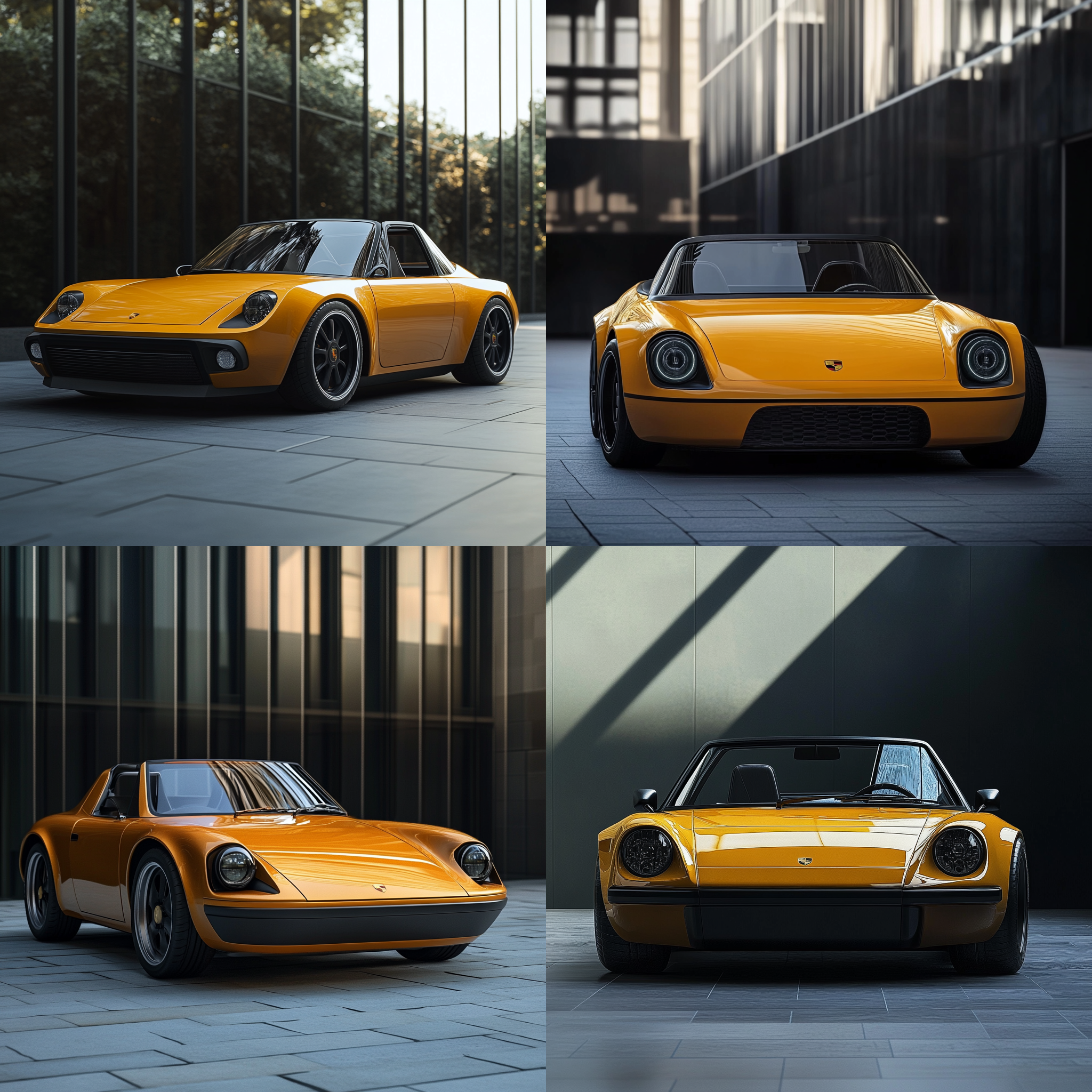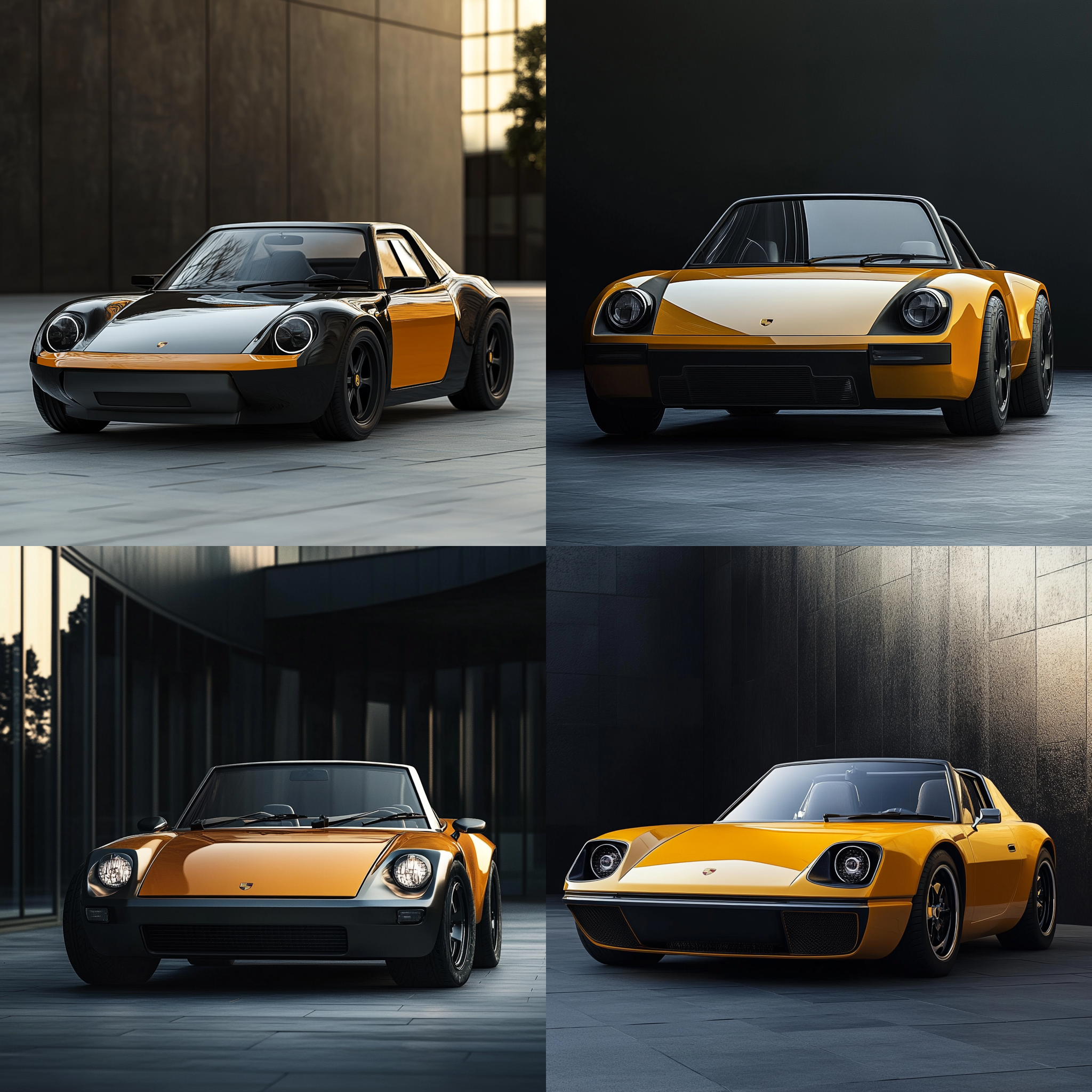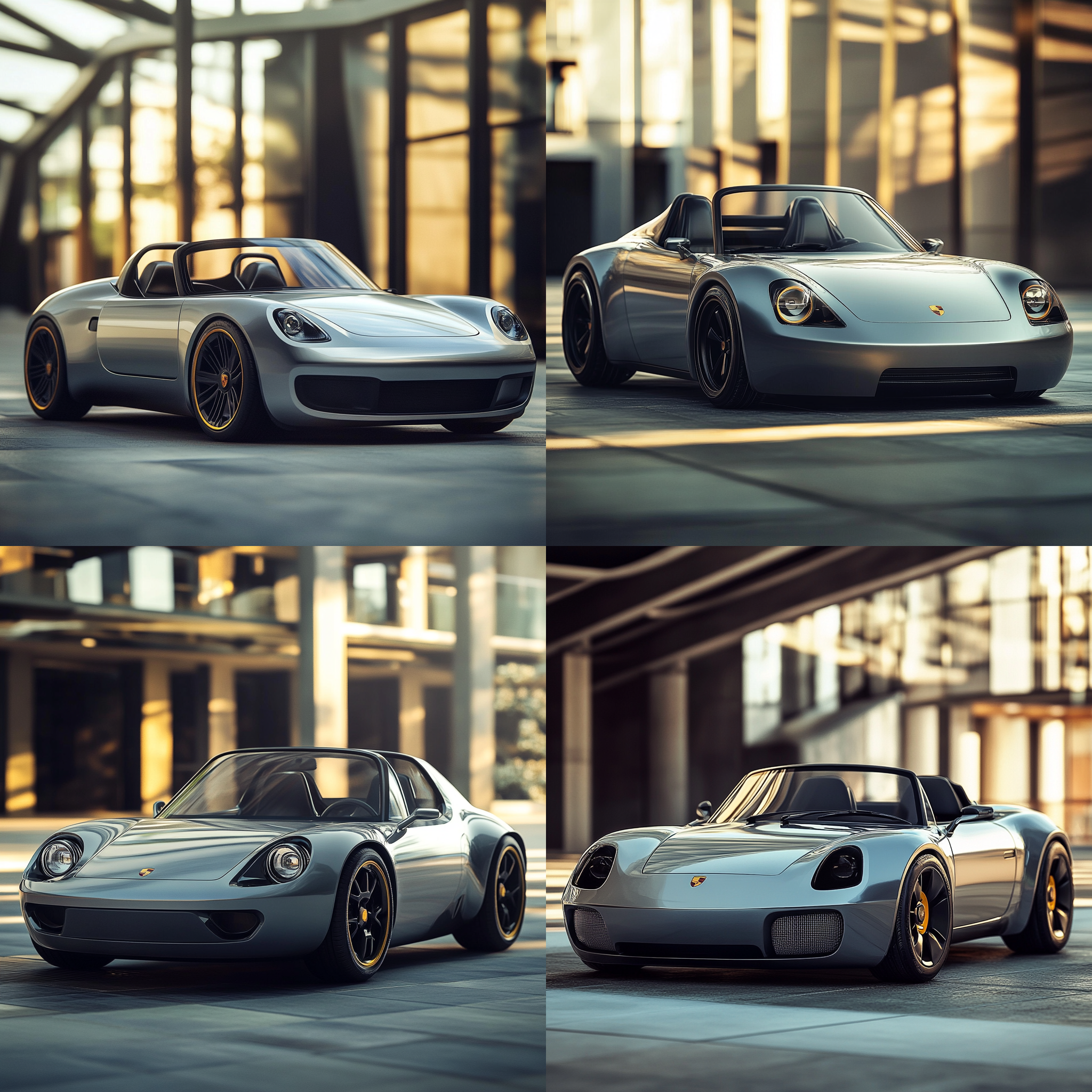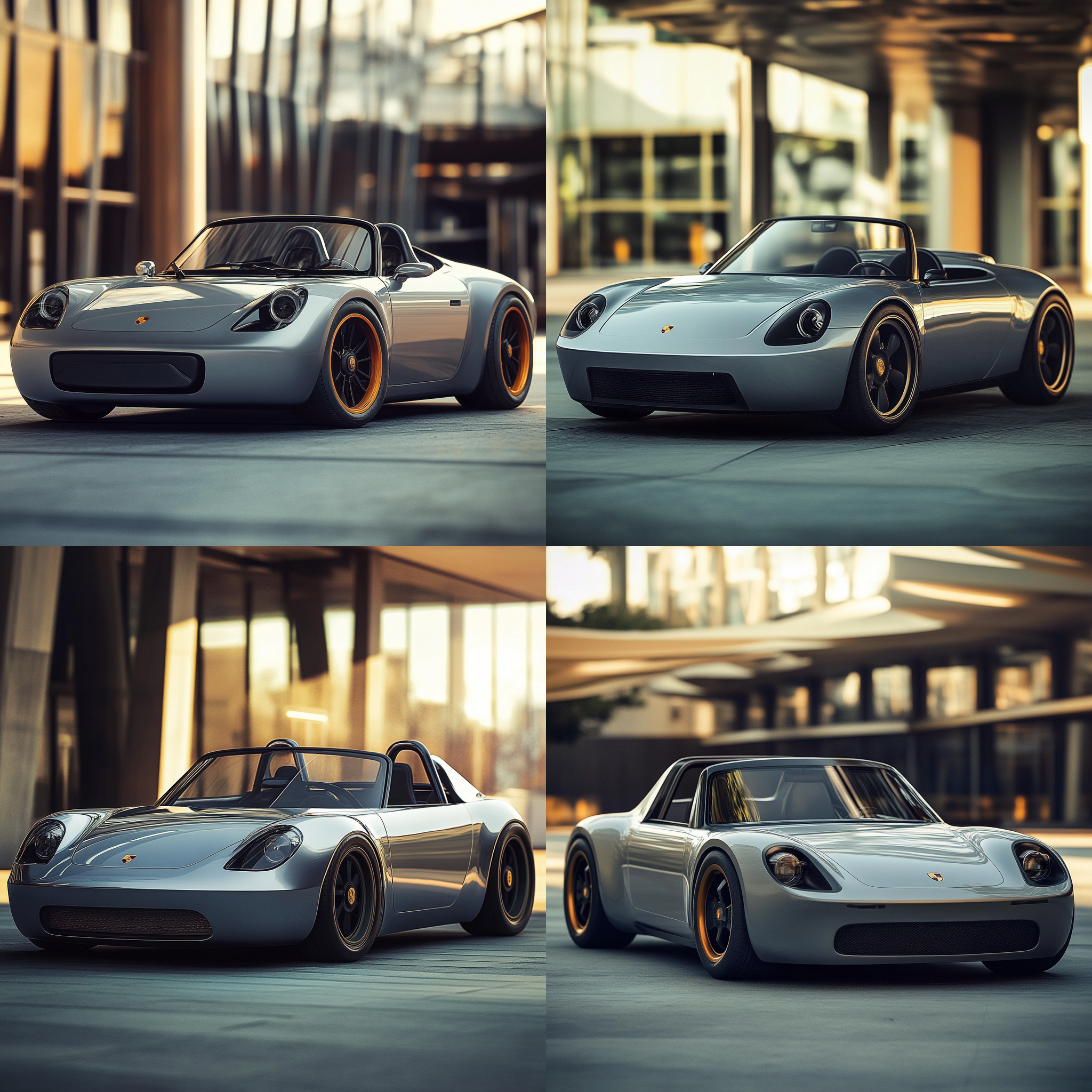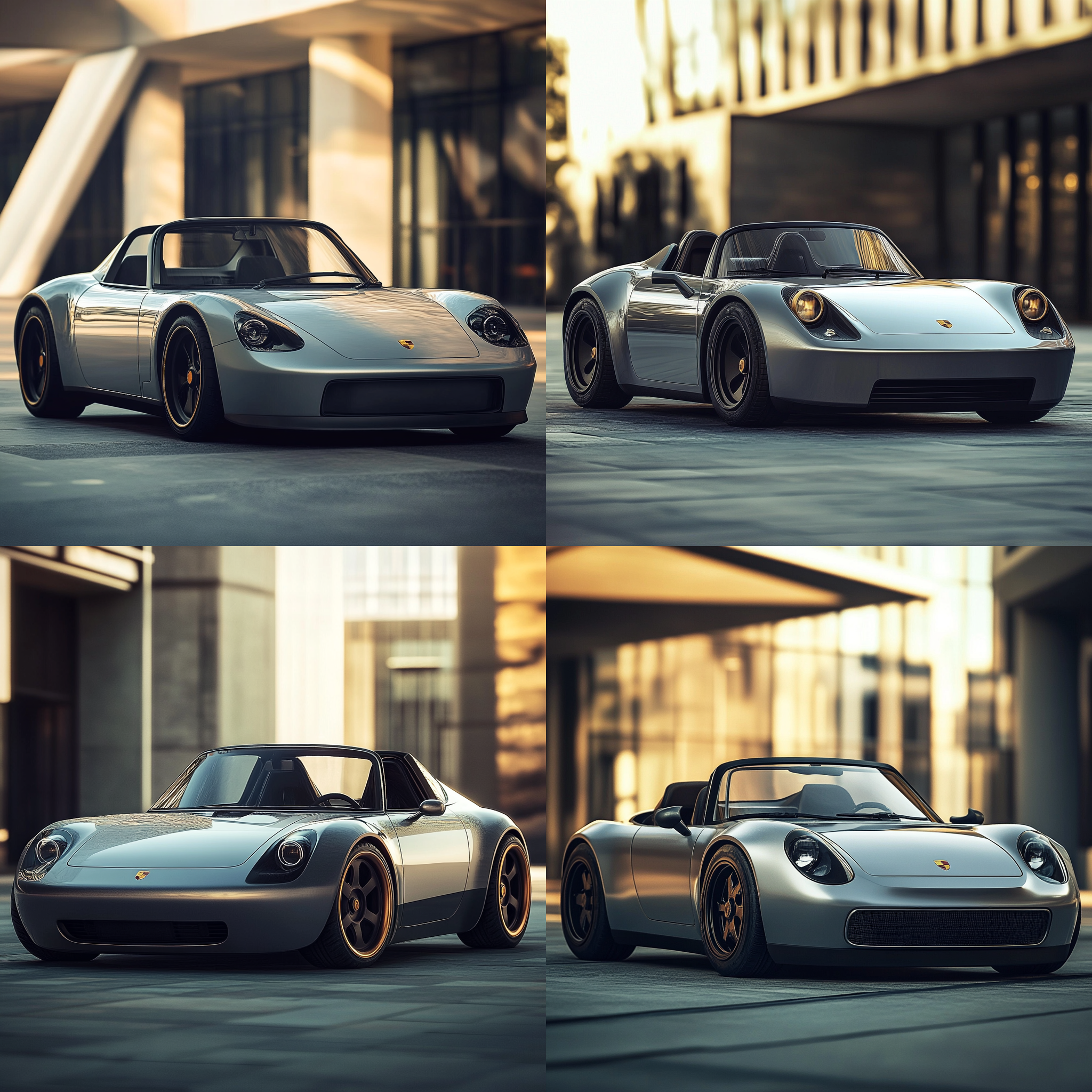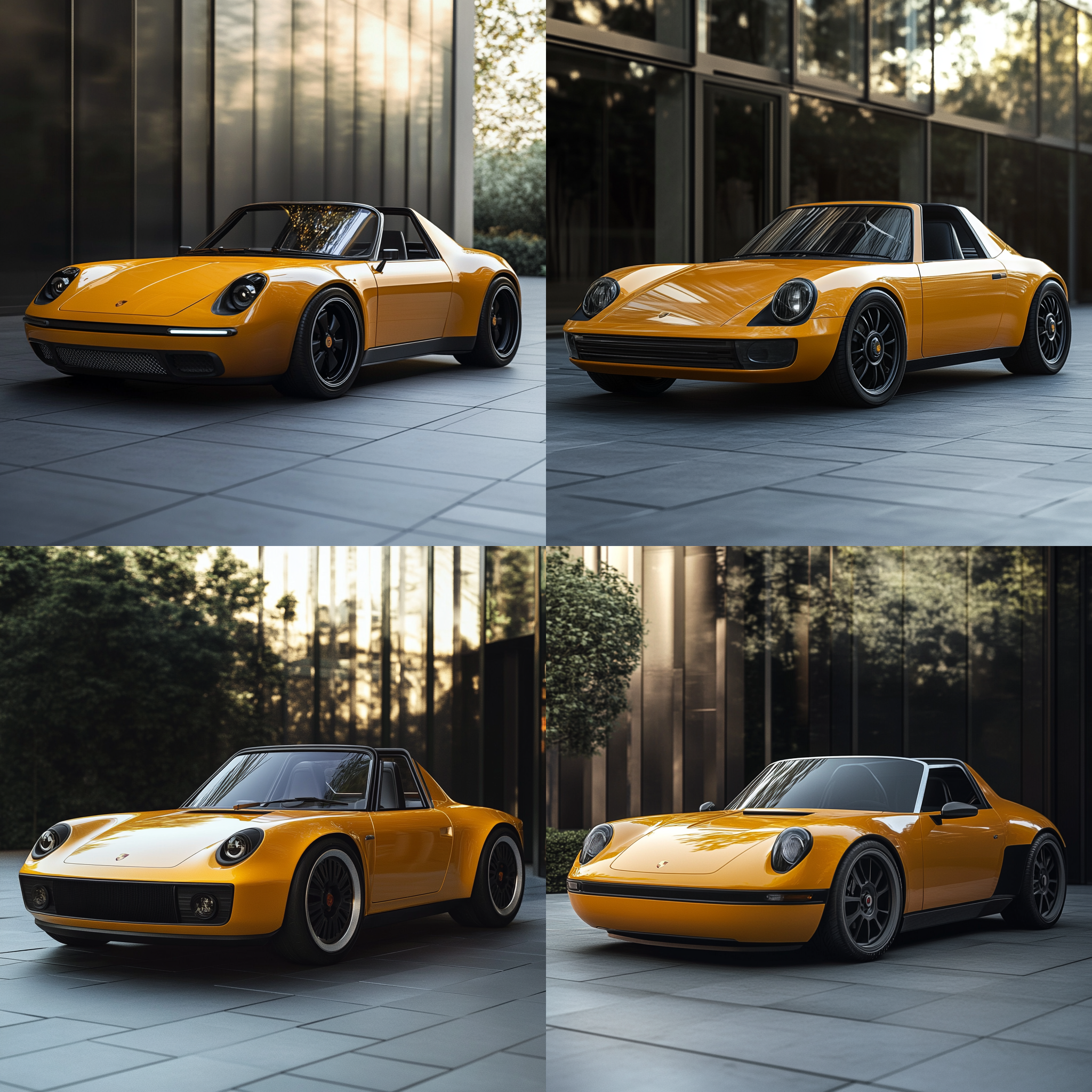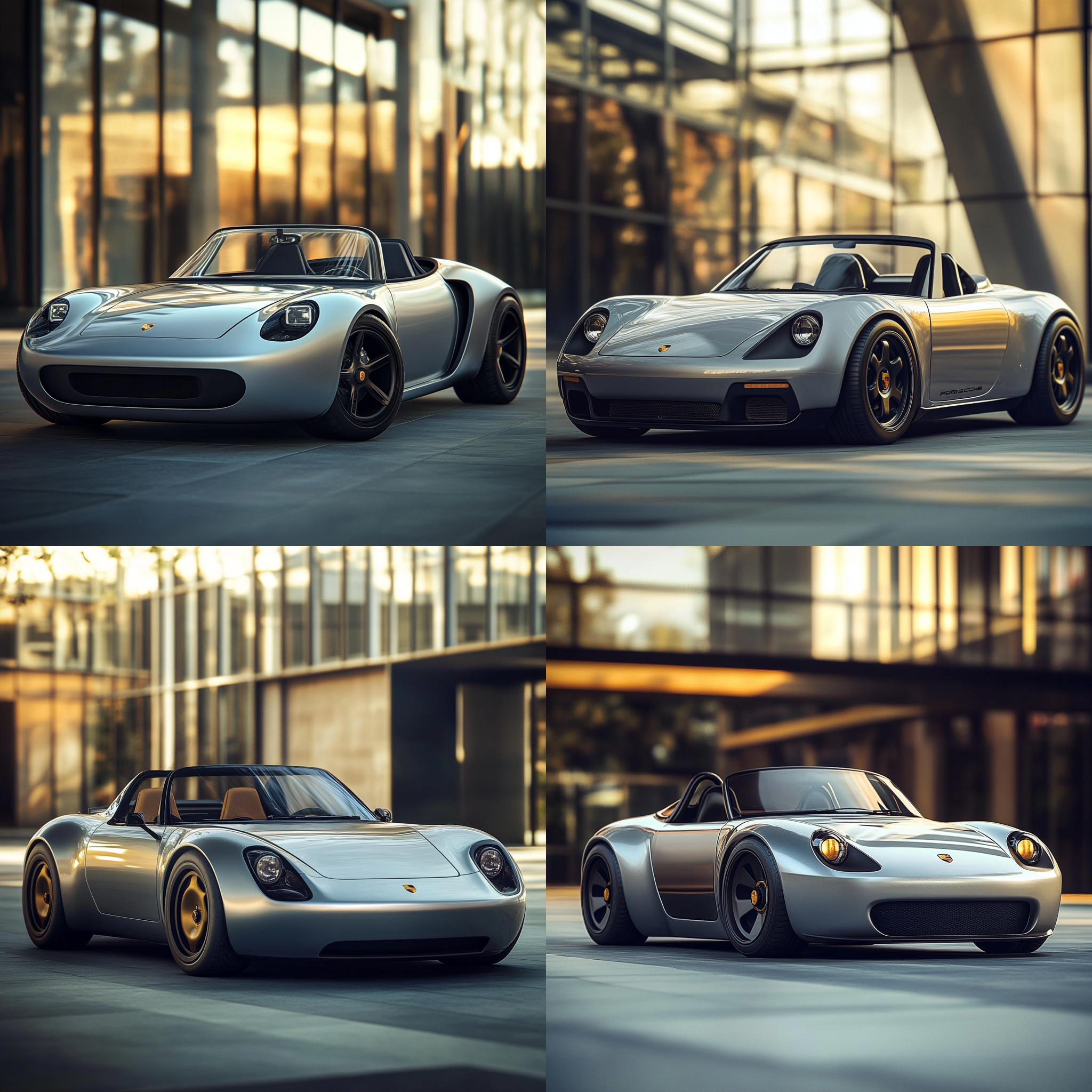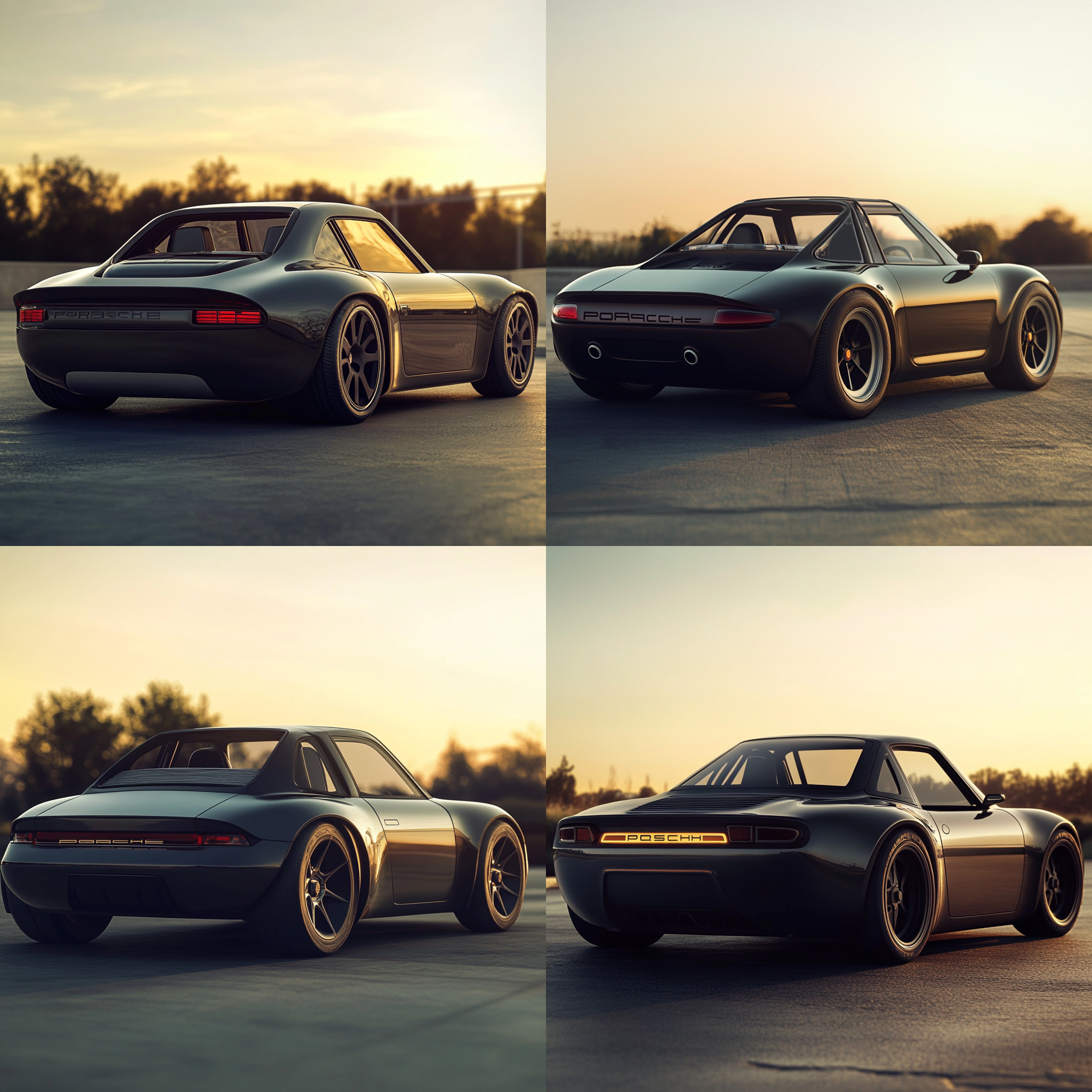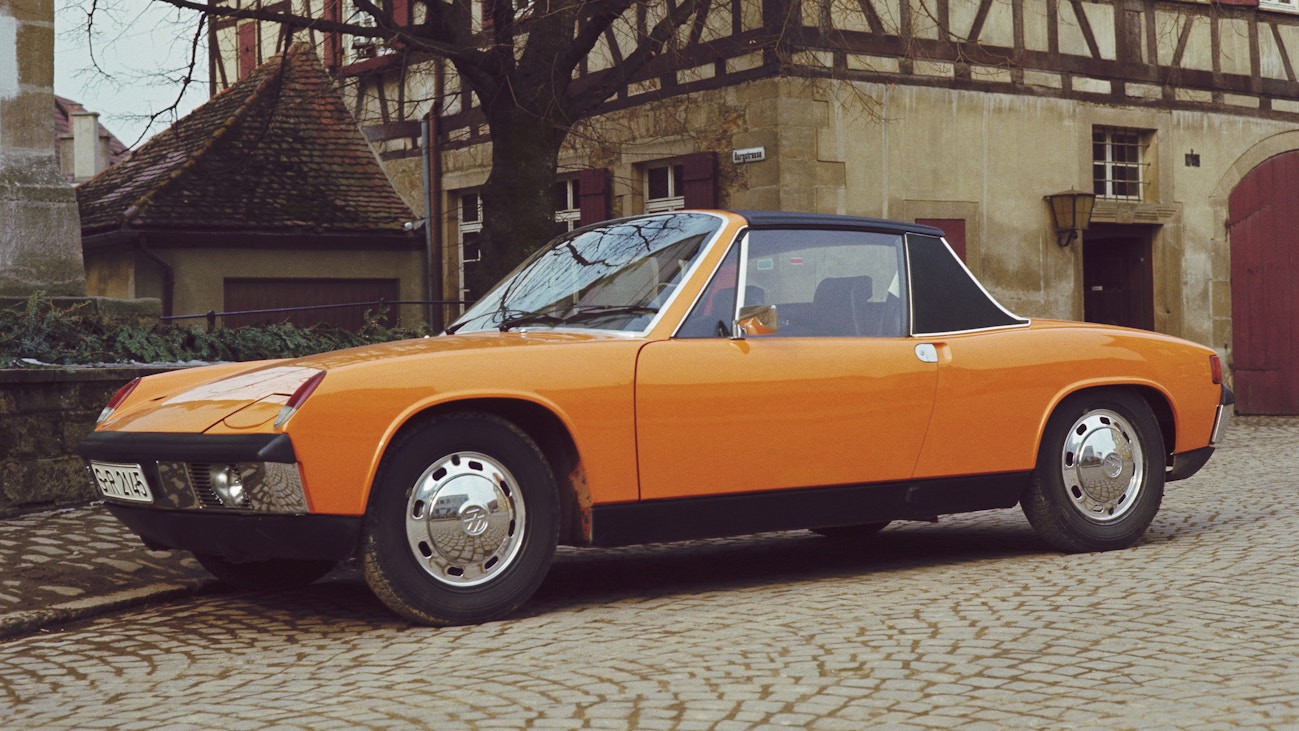
Porsche 914 is a mid-range sports car that was produced from 1969 to 1976 in a collaboration between Porsche and Volkswagen. This car became the first in the series to combine not only a sporty style but also accessibility for a wider audience. Porsche 914 is often referred to as “the most affordable Porsche” due to its relatively low price compared to other models from the brand.
The idea of creating the Porsche 914 arose from the desire to expand the model range and attract a broader customer base to the brand, while maintaining the sporty essence. The project was a joint development between Porsche and Volkswagen, with each company contributing its technical ideas. Volkswagen was responsible for the basic body construction and interior, while Porsche worked on the suspension, engines, and overall design.
One of the key features of the Porsche 914 was its mid-engine layout, which provided improved weight distribution and, consequently, better handling.
The exterior design of the Porsche 914 was quite bold and unconventional for its time. The body lines were simple yet striking, with characteristic straight angles and a low profile. The car was designed in a style that combined classic Porsche elements with more modern motifs of that era.
Porsche 914 gained popularity among drivers due to its affordability while maintaining sporty characteristics. However, the model couldn’t achieve the commercial success of other Porsches, like the 911, due to its collaboration with Volkswagen and its somewhat “youthful” style. Over time, however, the 914 gained cult status among car enthusiasts and collectors and is now considered a classic that rightfully holds its place in Porsche’s history.
The Porsche 914 became a symbol of the times when the company tried to move beyond the traditional sports car and offer an affordable yet impressive vehicle capable of attracting more buyers. Today, the car remains popular among collectors due to its unique design and history.
Specifications of Porsche 914 1. Power: 80-110 hp (depending on the engine variant) 2. Acceleration: 0-100 km/h in 9.2-9.5 seconds 3. Top Speed: 185-190 km/h 4. Engine: 1.7L, 1.8L, or 2.0L flat-four engines 5. Range: Approximately 600-700 km (based on fuel tank capacity and driving conditions) 6. Dimensions: Length – 3,880 mm; Width – 1,690 mm; Height – 1,220 mm; Wheelbase – 2,300 mm 7. Technologies: Independent suspension, four-wheel disc brakes, lightweight body, sporty handling 8. Additional Features: Removable targa top, unique "pocket doors" design, basic interior with analog gauges, minimalistic dashboard
Read too: In memory of Osama Suzuki. The best of Suzuki
New generation of Porsche 914
Porsche 914 is another great example of a very successful interpretation of classic design into the modern world without losing originality. Almost all the design details of the old Porsche 914 are reproduced but presented in a modern style. It should also be noted that in addition to the classic roadster model, there is a 914 version with a solid top. In general, the design of the new Porsche 914 is something between the 911 and Cayman.
The rear of the new Porsche 914 is radically different from the original design. The boring design of the old 914 was greatly improved, making it similar in style to the current 911 and Cayman models.
Read too: From Dream to Legend: The Story of Lotec
conclusion:
New Porsche 914 perfectly embodies the blend of retro design and modern technology. Its elegant lines stay true to the original model while emphasizing innovation and a contemporary approach. The bold bodywork, minimalist headlight design, and striking yellow color add charisma to the car. Porsche 914 has become a symbol of harmony between the past and the future, offering classic car enthusiasts a fresh take on this legendary model.
Future Classics: 7/10
Brand Recognition: 9/10
Design Modernity: 8/10
CarsCorn Score: 8/10
